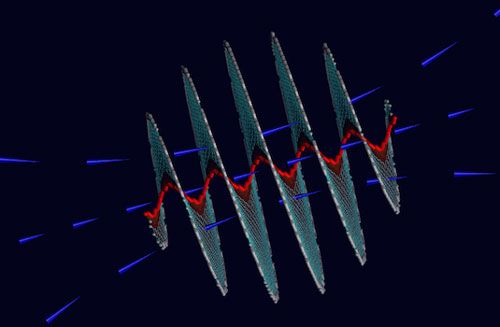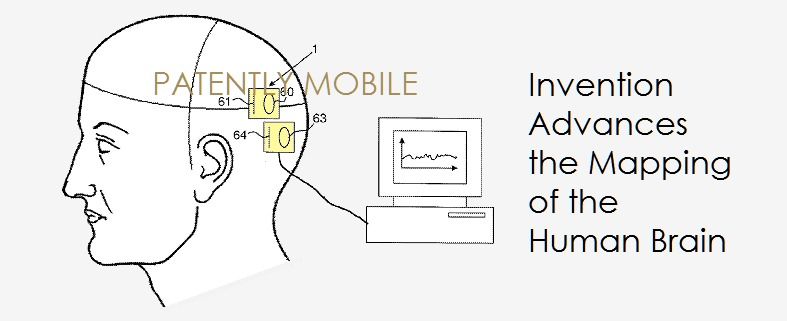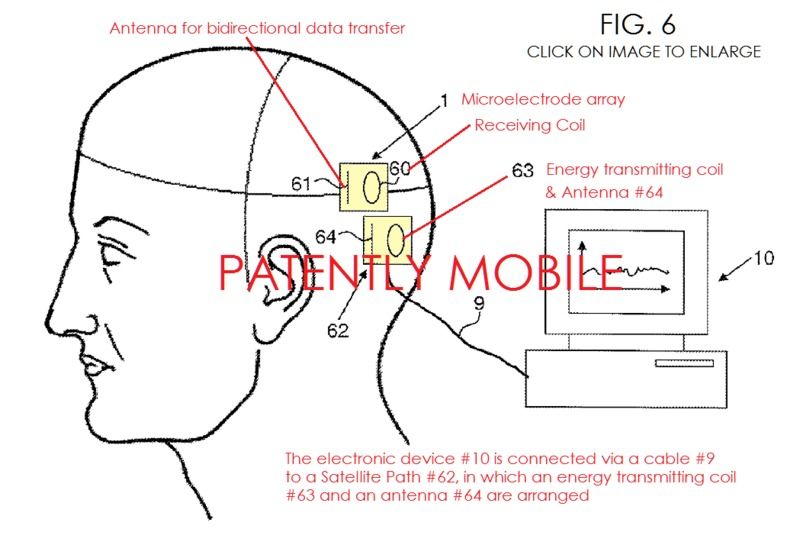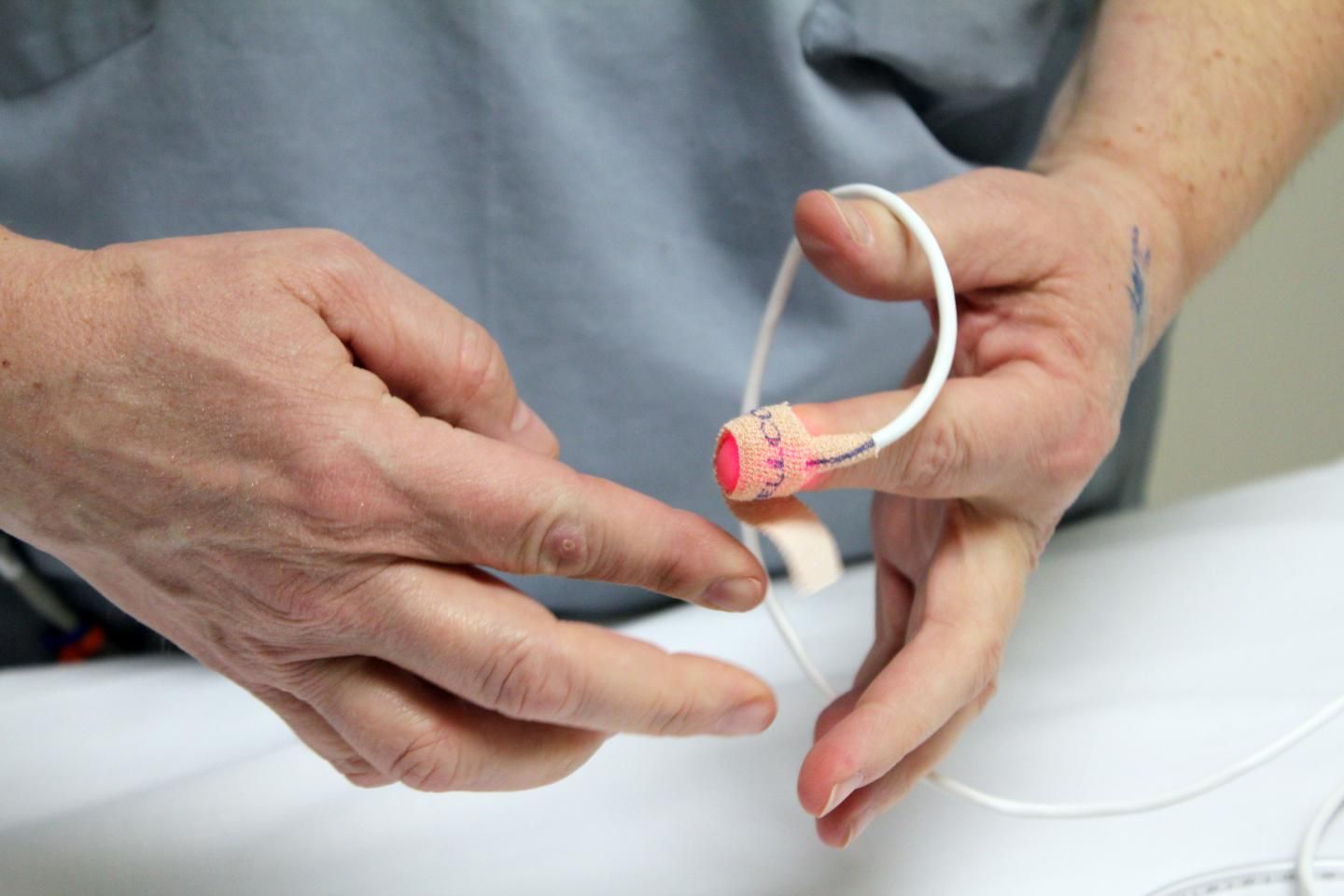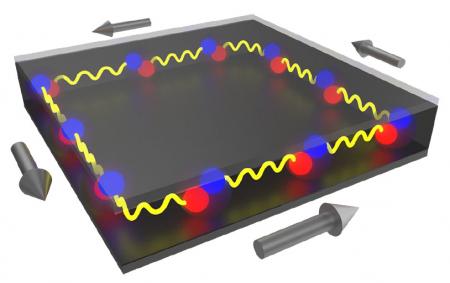Oct 19, 2015
Graphene nano-coils are natural electromagnets
Posted by Shailesh Prasad in categories: electronics, materials, nanotechnology
In the drive to miniaturize electronics, solenoids have become way too big, say Rice University scientists who discovered the essential component can be scaled down to nano-size with macro-scale performance.
The secret is in a spiral form of atom-thin graphene that, remarkably, can be found in nature, according to Rice theoretical physicist Boris Yakobson and his colleagues.
Usually, we determine the characteristics for materials we think might be possible to make, but this time were looking at a configuration that already exists, Yakobson said. These spirals, or screw dislocations, form naturally in graphite during its growth, even in common coal.
Continue reading “Graphene nano-coils are natural electromagnets” »
